Grade 2 osteochondrosis of the cervical spine requires professional treatment. With the development of this pathology, the integrity of the intervertebral discs is disrupted and the gap between them decreases. Of all the forms of osteochondrosis, the cervix is the most common. The neck is movable, in this respect it is regularly subjected to stress. The initial stage of osteochondrosis is normally tolerated. It's off - it's a big health hazard.
Why does osteochondrosis of the cervical spine occur?
There can be several causes of osteochondrosis of the neck. Pathology can develop in people who lead a sedentary lifestyle. The veins pass through the vertebrae of the neck region, supplying blood to the vessels in the brain. Osteochondrosis SHOP often occurs due to increased strain on the neck. First-degree spinal osteochondrosis occurs in young and old people. It is not age that plays an important role, but body style and lifestyle.
Grade 2 cervical osteochondrosis is common in adolescents. There is a concept of "adolescent osteochondrosis" in medicine. 1, 2 degree osteochondrosis is a common cause of poor head position. When this disease develops, the pulp breaks. The types of osteochondrosis depend on how pronounced the rupture of the pulp is. Timely treatment of first-degree osteochondrosis leads to progression of the pathological process. In the third stage of the disease, degenerative-dystrophic processes are pronounced: the patient is more often concerned about back and neck pain.
Characteristics of the first stage
With grade 1 cervical spine osteochondrosis, the pathological process extends to the muscles. The initial stage is characterized by the formation of cracks in the annulus fibrosus. It consists of collagen fibers.
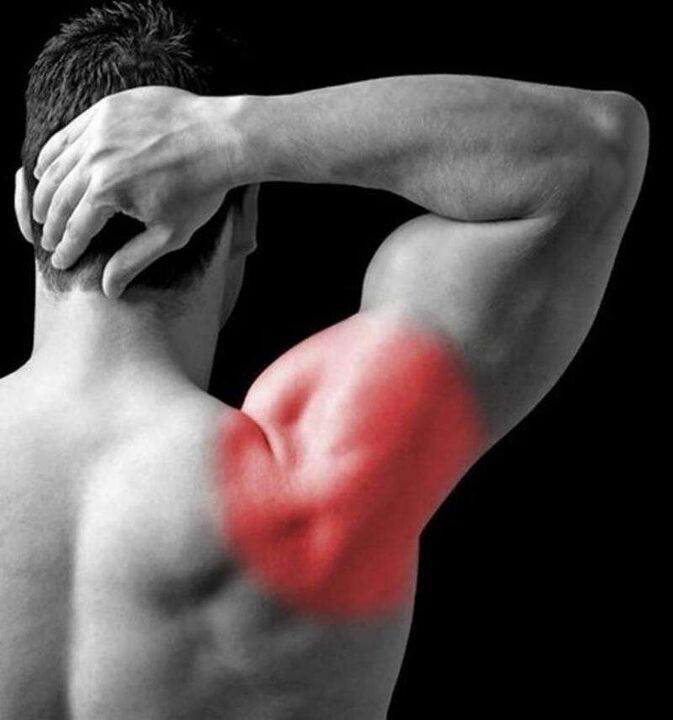
In grade 1 osteochondrosis of the cervical spine, unpleasant symptoms occur:
- The first stage of osteochondrosis is manifested by pain in the back of the head. Some people get swelling. In grade 1 cervical osteochondrosis, intense convulsive pain may occur.
- If a person has been diagnosed with osteochondrosis of the cervical spine, they should see an ophthalmologist. The pupils can be dilated.
- Grade 1 cervical osteochondrosis often leads to Wright syndrome. If the patient takes his hand behind his head, the pain increases.
- Cervicalgia syndrome usually develops at the beginning of the disease. Inflammation in this case affects the muscles. The progression of cervicalgia syndrome is accompanied by an abscess. A person feels pain in the neck, joint mobility is limited.
- In the first stage, anterior scale muscle syndrome may appear, in which case the subclavian artery is affected.
How is the treatment done? The goal of therapy is to restore skin cracks and prevent unpleasant symptoms. Treatment of osteochondrosis of the cervical spine is performed surgically. The duration of the postoperative period is 7 days. In a month or two, the seams will gradually grow together.
To ensure disease prevention, you should wear a special collar that is worn around the neck. Your doctor recommends the use of calcium gluconate solution. The drug helps to heal wounds.
What happens in the second stage of the disease?
The development of second-degree cervical spine osteochondrosis occurs in the early stages with the ineffectiveness of therapy. Inflammatory reactions are pronounced, the intervertebral foramen decreases.
Grade 2 cervical osteochondrosis leads to the development of osteophytes. These are bony processes that develop in the background of dehydration.
The second stage of osteochondrosis of the neck can last for 4-5 years. The disease sometimes goes away and gets worse. A characteristic feature of the disease is falling head syndrome.
Treatment includes manual therapy. The goal is to normalize the neck muscles normally. Depending on the situation, orthopedic treatment (joining of the vertebrae) may be prescribed. Drug therapy is required. Calcium chloride is prescribed to relieve pain. Recommended physiotherapy: give 30 minutes a day. The main load should be applied to the joints.
How does the third stage manifest itself?
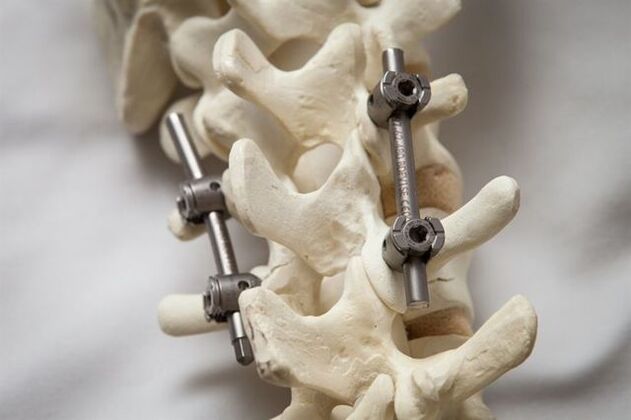
Treating third-degree osteochondrosis is quite difficult. With this disease, the structure of the intervertebral plates changes.
The pathological process affects tissues and joints:
- The vertebral body is torn, with characteristic signs of intervertebral hernia. The person feels severe pain in the back, neck and limbs. Degenerative-dystrophic reactions affect most of the neck.
- Third-degree osteochondrosis of the cervical spine is characterized by vestibular disorders. Sometimes a person experiences pain in temples. Some patients may partially lose consciousness.
- The risk of the disease in the third stage is that it leads to endocrine pathology. Therapy involves the operation and use of manual techniques. In the third stage of cervical osteochondrosis, medications are not prescribed.
- The patient may have polysegmental osteochondrosis. With this disease, segments of the cervical spine are affected, shoulder mobility deteriorates, and elbow pain appears.
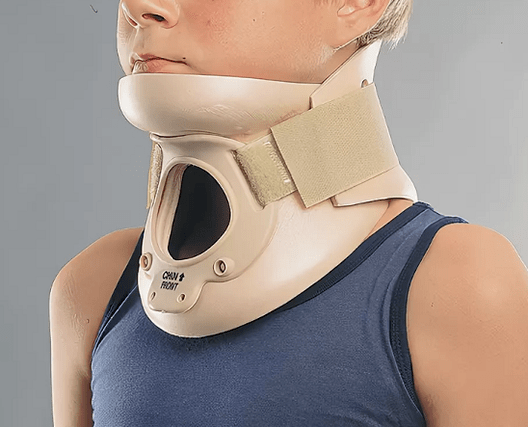
You must wear a neck brace to restore spinal function.
Disease syndromes
Cervical osteochondrosis is accompanied by syndromes:
- The vertebrae occur when cartilage and bone tissue are involved in the pathological process. Neck mobility was impaired. When a person tries to turn their head sideways, pain appears in the occipital region of the neck. The vertebrae undergo morphological changes that can be seen on an x-ray. Symptoms of one syndrome are related. An important sign of vertebral syndrome is morphological changes in cartilage tissues and bone structures. This syndrome is difficult to diagnose. There is a similar syndrome in myositis.
- Another manifestation of vertebral artery syndrome can occur regardless of the degree of osteochondrosis of the cervix. The pathological process affects the arteries that feed the brain. Sometimes you feel shocked. Vertigo is a symptom of vertebral artery syndrome. Blood pressure may rise, periodically nausea and vomiting occur. The nerve endings are irritated, causing a headache. In the case of vertebral artery syndrome, fainting and oxygen starvation are possible. The disease is accompanied by the deposition of atherosclerotic plaques on the walls of blood vessels.
- Heart syndrome is manifested by sternal pain. Rapid fatigue and decreased performance are observed. The heartbeat speeds up. Diagnosis includes angiography and functional tests. Radicular syndrome is associated with damage to the spinal nerves. It is one-sided. Radicular syndrome is associated with neck pain combined with paralysis.
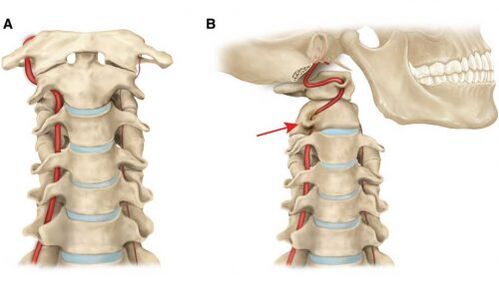
It should be noted that osteochondrosis leads to damage to a large number of vertebrae.
What is chest osteochondrosis?
In young and old people, osteochondrosis of the thoracic spine is observed: age does not matter. The pathology leads to degenerative-dystrophic changes in cartilage and bone structures. Late treatment results in damage to the structure of the ligaments, joints, intervertebral discs. In advanced stages, thoracic osteochondrosis leads to the destruction of intervertebral discs.
Complications of the disease may include:
- pneumoclerosis;
- infertility;
- malicious formations.
If the disease develops in a young person, premature aging of the musculoskeletal system can be observed. The function of cartilage structures and tissues was significantly impaired.
Clinical appearance and causes
- With the development of this pathology, chest pains appear. They occur in a relaxed position and while driving. Uncomfortable feelings intensify after weightlifting, sharp bends.
- The disease manifests itself in squeezing the back. The consequence of this problem is breathing.
- Chills may occur.
- Some people complain of peeling skin, thinning of the nail plate.
The disease is associated with abnormal reactions in the intervertebral discs. This is hereditary. A predisposing factor is the defeat of intervertebral discs. In some people, the disease is diagnosed against the background of osteophytes. This may be due to malnourished physical activity or, conversely, physical inactivity.
Therapeutic activities
If there are no neurological symptoms, complex treatment is still required. Therapy cannot be postponed, otherwise the intervertebral discs will be destroyed.
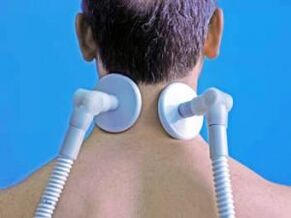
A diagnosis should be made before starting treatment. If a person has identified at least one of the above symptoms, they should consult a neurologist. The doctor takes a medical history and examines the chest region. Touching reveals a disc herniation. If the doctor finds one, he will prescribe further examination. X-ray is required. The MRI procedure allows the study of the musculoskeletal system and the identification of neoplasms.
Treatment depends on the degree of osteochondrosis of the breast; it begins after the diagnosis is confirmed. Your doctor will prescribe medications to help relieve pain and restore the musculoskeletal system. Injections, physiotherapy, physiotherapy exercises are needed to treat this pathology. Additional procedures - magnetotherapy, vacuum therapy, physiotherapy exercises.
Daily exercise has a complex effect on the body, improving the functioning of the musculoskeletal system and the respiratory system. Massage reduces the severity of pain, increases muscle tone, relieves fatigue and improves blood circulation in the tissues. The procedure is performed by an experienced professional.
Conclusion
How many years can you live with osteochondrosis of the cervical and thoracic spine? The pathology is not life-threatening, but its symptoms cause severe discomfort. The clinical picture of the disease can change: it all depends on the effectiveness of the therapy.















































